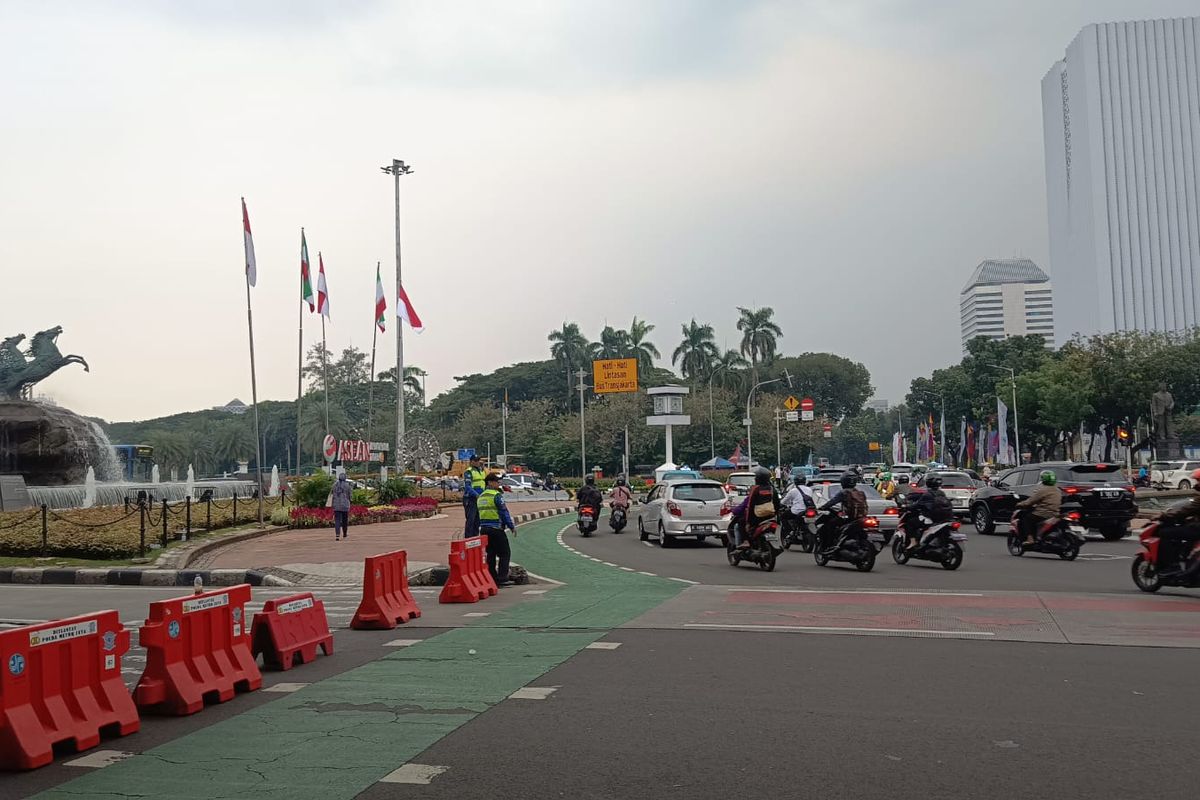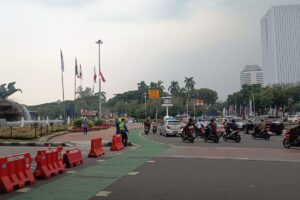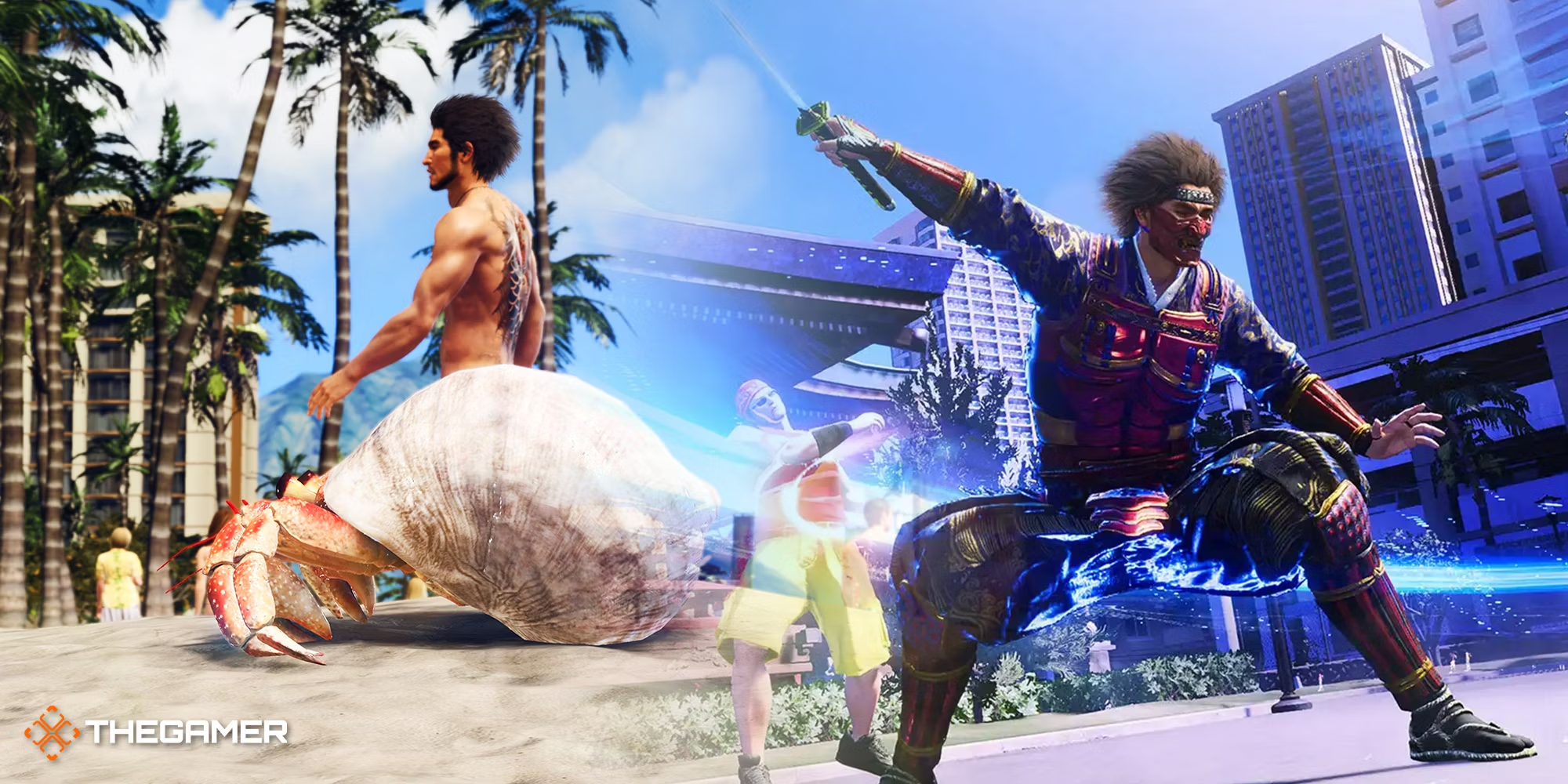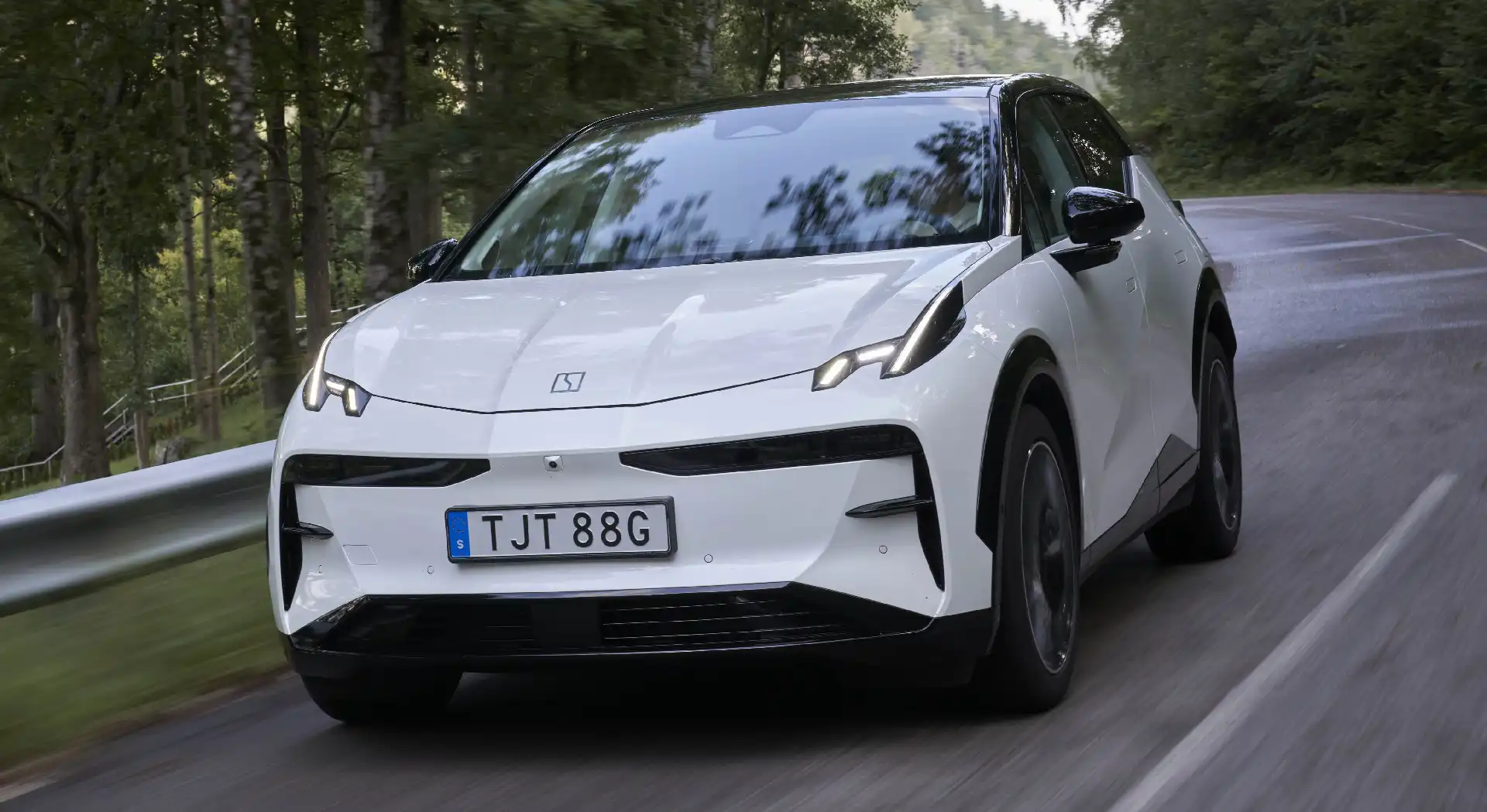

thatwebguyblog.com, Jakarta – Get ready for a showdown at the iconic Horse Statue as tensions rise ahead of a massive demonstration in 2024! The buzzing streets of Indonesia are about to witness history in the making, but not without some controversy and police intervention. Let’s dive into the whirlwind of events surrounding this highly anticipated mass demo at the Horse Statue.
Reasons for the demonstration and its significance
The upcoming mass demonstration at the Horse Statue in 2024 holds deep significance for the Indonesian people. It is a collective outcry against social injustice, governmental corruption, and lack of transparency. Citizens are mobilizing to demand accountability from those in power and push for meaningful reforms that benefit all members of society.
The demonstration serves as a platform for voices that have long been marginalized or ignored to be heard loud and clear. It symbolizes unity among diverse groups with a shared vision of a more just and equitable future for Indonesia. The gathering at the iconic Horse Statue represents a peaceful yet powerful display of solidarity and determination to bring about positive change.
As tensions rise leading up to the event, it’s crucial to recognize the underlying frustrations fueling this movement. By addressing these root causes head-on, there is an opportunity not only for dialogue but also genuine progress towards building a fairer and more inclusive society for all Indonesians.
Police response to the demonstration
As the planned mass demonstration nears the iconic Horse Statue, tensions rise in anticipation of what will unfold. The police presence becomes more pronounced, with officers strategically stationed to maintain order and ensure public safety. Their response is a delicate balance between upholding the law and respecting citizens’ rights to peacefully protest.
The sight of roadblocks ahead signals a potential obstacle for demonstrators as they approach their intended destination. Some view these measures as necessary precautions to prevent chaos and violence from erupting amidst large crowds. However, others criticize the use of roadblocks as infringing upon individuals’ freedom of movement and expression. Amidst differing perspectives on police conduct during demonstrations, one thing remains clear – finding a way to strike a balance between security concerns and civil liberties is crucial in maintaining social harmony during times of unrest.
Controversy surrounding police roadblocks
The controversy surrounding police roadblocks ahead of the mass demonstration at the Horse Statue in Indonesia has sparked heated debates among citizens. Many argue that these roadblocks infringe upon their rights to freedom of movement and assembly, questioning the necessity and effectiveness of such measures. Critics suggest that instead of facilitating peaceful protests, police roadblocks create unnecessary tension and restrict individuals from expressing their grievances in a democratic society. Concerns have also been raised about the potential for abuse of power by law enforcement during these encounters.
On the other hand, supporters defend the use of roadblocks as a means to maintain public safety and order during large gatherings. They highlight the importance of ensuring that demonstrations remain peaceful and do not escalate into violence or chaos. As discussions continue on both sides, it remains essential to find a balance between upholding citizens’ rights while also addressing legitimate security concerns in times of mass mobilization.
Legal implications of roadblocks on citizens’ rights
Roadblocks set up by the police ahead of mass demonstrations raise important questions about citizens’ rights and freedoms. While roadblocks can be seen as a measure to maintain public safety and order, they also have legal implications that need careful consideration. Citizens have the right to peaceful assembly and freedom of movement under the law. When roadblocks impede these rights without proper justification, it can lead to concerns over potential violations of civil liberties. The balance between ensuring security during protests and respecting individuals’ rights is crucial in these situations.
Legal challenges may arise if roadblocks are deemed excessive or unjustified, potentially leading to debates on the proportionality of such measures. It is essential for authorities to uphold citizens’ fundamental rights while managing public gatherings effectively. As discussions continue on how best to navigate roadblocks during demonstrations, finding solutions that prioritize both safety and civil liberties remains a key focus for stakeholders involved in maintaining law and order.
Alternatives to roadblocks during protests
When it comes to managing protests, authorities can consider alternatives to roadblocks that are less intrusive while still maintaining public safety. One approach could be utilizing designated protest zones where demonstrators can gather without disrupting traffic flow. This allows for peaceful assembly while minimizing the need for extensive road closures. Another option is implementing mobile police units that can respond quickly to any disturbances without the need for stationary roadblocks. These units can maintain a presence near protest areas without causing significant disruptions to everyday commuters.
Additionally, communication with protest organizers prior to the event can help establish clear guidelines and routes, reducing the chances of confrontations between demonstrators and law enforcement. This proactive approach fosters cooperation and understanding between both parties, potentially leading to smoother demonstrations. Exploring alternative strategies to traditional roadblocks during protests can promote a more balanced and respectful interaction between authorities and protesters.
Conclusion and potential impact on future demonstrations
In light of the recent police conduct roadblocks ahead of the mass demo at the horse statue in 2024, it is evident that tensions between authorities and protesters are on the rise. The controversy surrounding roadblocks raises important questions about citizens’ rights during demonstrations and the need for balance between security measures and freedom of expression.
Moving forward, it is crucial for both law enforcement agencies and protest organizers to engage in dialogue to find alternatives to roadblocks that respect individuals’ rights while ensuring public safety. This could involve pre-planned routes for protests, clear communication channels between police and demonstrators, or utilizing technology for crowd control. The impact of these events on future demonstrations remains to be seen. Will they lead to more stringent measures from authorities or spark a renewed push for civil liberties? Only time will tell how these developments shape the landscape of protests in Indonesia and beyond.






